Results 11,151 to 11,160 of 12094
Thread: Anandtech News
-
05-31-21, 11:09 PM #11151
Anandtech: The ASUS ROG Strix G15 (G513QY) Review: Embracing AMD's Advantage
The 1989 film Field of Dreams offers one of the most memorable quotes in movie history. “If you build it, he will come” was, of course, a reference to a baseball diamond in Iowa, but for AMD, this same quote (gender removed) also succeeds in defining AMD’s success over the last couple of generations. Once the realm of budget-conscious devices, AMD-based products are now the premium in the market and are sought after by consumers looking for the ultimate in performance. With the launch of the Zen 3 based Cezanne laptop processors, AMD now offers the most powerful laptop CPUs available. But that is only a single portion of a successful product. AMD is today announcing the launch of their latest graphics architecture, RDNA2, into the laptop market. AMD has built it. Now they must see who will come.
More...
-
06-01-21, 04:30 AM #11152
Anandtech: NVIDIA Announces GeForce RTX 3080 Ti & 3070 Ti: Upgraded Ampere Cards Comi
The second major keynote of the day for Computex comes from NVIDIA, who has taken to the virtual showfloor to discuss new products for both gamers and the enterprise market. On the gaming side of matters, the company is officially announcing its GeForce RTX 3080 Ti and RTX 3070 Ti cards. The refreshed GeForce cards will land in early June, further expanding the high-end of NVIDIA’s video card lineup.
More...
-
06-01-21, 05:34 AM #11153
Anandtech: AMD confirms Ray-Tracing and VRS in Samsung Exynos RDNA GPU IP
At this year’s AMD Computex 2021 keynote event, CEO Lisa Su, among a series of various new product announcements and technology disclosures, has teased some new details on the company’s cooperation with Samsung in regards to the new RDNA GPU IP that’s been licensed out and the two companies have been working on to deliver in the next-generation Exynos SoCs.
More...
-
06-01-21, 04:34 PM #11154
Anandtech: TSMC Manufacturing Update: N6 to Match N7 Output by EOY, N5 Ramping Faster
As part of a regular TSMC Technology Symposium, the foundry published updates on its status on it’s current leading-edge manufacturing technologies, the N7, N5 and their respective derivatives such as N6 and N5.
More...
-
06-01-21, 09:36 PM #11155
Anandtech: Micron Announces PCIe 4.0 Client SSDs
In Micron's keynote today at (virtual) Computex, the memory manufacturer announced they have started shipping the companies first PCIe 4.0 SSDs, using their latest 176-layer 3D TLC NAND flash memory. The two new product families are the Micron 3400 and 2450 series client SSDs.
The 3400 series is their high-end client SSD, with double the read throughput of their preceding Micron 2300, and 85% higher write throughput. The 3400 uses Micron's latest in-house SSD controller design, and Micron is touting performance and power efficiency that make the drive suitable for applications ranging from notebooks to workstations. As is typical for high-end client PCIe 4.0 SSDs, the capacity options start at 512GB and go up 2TB.
The Micron 2450 series is a more entry-level design but still featuring PCIe 4.0 support. This one uses a third-party DRAMless controller, likely the Phison E19T (also believed to be used in the recently-announced WD Black SN750 SE). The 2450 is available in three different M.2 card lengths from the usual 80mm down to the 30mm card size suitable for extremely compact systems. The Micron 2450 series covers the more mainstream capacity range of 256GB through 1TB.
The most highly-awaited products with Micron's 176L 3D TLC might be the upcoming refreshed Phison E18 drives that threaten to dominate the high-end market segment, but Micron's own 176L SSDs will help bring this latest generation of NAND to a wider range of products, including pre-built systems where OEMs seldom offer options quite as high-end as a Phison E18 drive. Micron's new client SSDs are already in volume production and shipping to customers.
More...
-
06-02-21, 04:41 PM #11156
Anandtech: HP Completes HyperX Acquisition For $425 Million
Back in February, we revealed that HP was set to acquire the HyperX brand, the gaming subsidiary of Kingston Technology. HyperX has been the gaming branding for Kingston Technology over the years, with memory, flash, SSDs and peripherals all marketed under the HyperX banner. Like many companies with its own gaming-focused brand, Kingston has kept the brand as a disaggregated entity in strategy and marketing. Today, the acquisition by HP of the HyperX brand has been completed for a fee of $425 million, with the acquisition accretive on a non-GAAP for the first full year of ownership.
HyperX has been synonymous with the gaming industry for years, from its popular and well-priced Cloud series of gaming headsets to its SSD storage drives and all the way to its sponsorship of some of the biggest personalities in gaming. This includes popular streamers such as Pokimane, Dendi, and some of the most notable teams in professional eSports, such as Cloud 9, Reign, and Panda. Current sponsorships will remain with the HyperX brand, and transfer over as part of the acquisition.
HP and Kingston/HyperX jointly announced the acquisition back in February 2022. HP quoted that the PC hardware industry is set to be worth around $70 billion by 2023, and the global peripherals market to grow to $12.4 billion in 2024. HP currently retails and markets its OMEN series of gaming desktops and laptops. The HyperX brand could potentially be a big part of that in the future, with a view to a larger gaming ecosystem. Tapping into both elements of the gaming and PC hardware market seems a highly desirable choice by HP. It could be one of the key reasons for the acquisition and bolster its visibility and presence as a gaming-focused brand.
One of the most notable aspects of the buyout is that Kingston is retaining the DRAM, Flash, and SSD products. Kingston may intend to focus on the memory and storage markets, although it's also plausible to rebrand its current DRAM memory and storage lines. All this remains to be seen, but the acquisition does see the transference of all the other HyperX elements such as peripherals, audio, power supplies, console accessories, and apparel to HP.
How HP intends to market and amalgamate HyperX into its business and existing product ranges remains to be seen. Still, these are questions that HP should answer in time with any brand reorganization likely to be addressed relatively quickly.
Source: HP
More...
-
06-03-21, 09:36 AM #11157
Anandtech: ASRock Announces AMD X300TM-ITX Motherboard: Thin ITX For Ryzen APUs
Once upon a time, the term 'bigger is better' was a marketing slogan that many companies adopted for its products, but sometimes 'bigger' isn't necessarily practical. For use cases where size (smaller) actually matters, ASRock has unveiled a dinky little motherboard designed for use with its Ryzen based APUs, the X300TM-ITX. Based on AMD's AM4 chipset and the Thin Mini-ITX form factor, it includes one M.2 slot, dual HDMI video output, and support for 64 GB of DDR4-3200 SO-DIMM memory. Thin Mini-ITX in this case means a reduced overall z-height, and the rear panel IO is limited on how tall it can be.
The ASRock X300TM-ITX includes support for most of AMD's Ryzen APUs (all except the new Ryzen 5000 series APUs are listed). This includes Ryzen 2000, Ryzen 3000, Ryzen 4000, and the associated PRO APU parts. On the slender yet unassuming black PCB is a pair of memory slots capable of supporting up to 64 GB of DDR4-3200 SO-DIMM memory. For storage, ASRock includes a single PCIe 3.0 x4 M.2 slot with support for the faster NVMe based SSDs and a single SATA port for conventional storage and optical devices. The X300TM-ITX is designed to harness the integrated Radeon graphics within the APUs it supports as it does away with any full-length PCIe slots.
Due to its smaller than usual Thin-ITX frame, the ASRock X300TM-ITX has less space for larger connectors such as 24-pin 12 V ATX which typically power motherboards. Providing power to the board is a 19 V DC power input on the rear panel and a 4-pin 19 V connector on the PCB itself. Interestingly, ASRock includes an LVDS header, a COM port, and dual HDMI 2.1 video outputs. Regarding USB connectivity, there's USB 3.2 G1 Type-A and a single USB 3.2 G1 Type-C port, with two USB 2.0 front panel headers providing support for four additional ports. The X300TM-ITX uses a single Realtek RTL8111GR Gigabit Ethernet controller. It includes a single M.2 Key-E slot for users looking to add Wi-Fi modules, while audio is handled by a Realtek ALC233 HD audio codec providing a 3.5 mm headphone and 3.5 mm microphone jack pairing.
We expect the ASRock X300TM-ITX to be available to purchase soon, but there's no available pricing at the time of writing.
Source: ASRock
Gallery: ASRock Announces AMD X300TM-ITX Thin Mini-ITX For Ryzen APUs_thumb.jpg)
_575px_thumb.jpg)
_thumb.jpg)
_575px_thumb.jpg)
_thumb.jpg)
_575px_thumb.jpg)
Related Reading- Testing The World's Best APUs: Desktop AMD Ryzen 4750G, 4650G, and 4350G
- ASRock Industrial's 4x4 BOX UCFF PC Series Goes Premium with Ryzen 4000U Renoir APUs
- The ASRock A320TM-ITX Motherboard, Thin-ITX for AMD APUs
- The True Shortest AM4 Motherboard: Thin-ITX Comes to AMD
More...
-
06-03-21, 01:04 PM #11158
Anandtech: NVMe 2.0 Specification Released: Major Reorganization
Version 2.0 of the NVM Express specification has been released, keeping up the roughly two year cadence for the storage interface that is now a decade old. Like other NVMe spec updates, version 2.0 comes with a variety of new features and functionality for drives to implement (usually as optional features). But the most significant change—and the reason this is called version 2.0 instead of 1.5—is that the spec has been drastically reorganized to better fit the broad scope of features that NVMe now encompasses. From its humble beginnings as a block storage protocol operating over PCI Express, NVMe has grown to also become one of the most important networked storage protocols, and now also supports storage paradigms that are entirely different from the hard drive-like block storage abstraction originally provided by NVMe.
Instead of a base specification for typical PCIe SSDs and a separate NVMe over Fabrics spec, version 2.0 is designed to be a more modular specification and has been split into several documents. The base specification now covers both locally-attached devices and NVMeoF, but more abstractly—enough has been moved out of the base spec that it is no longer sufficient to define all of the functionality needed to implement a simple SSD. Real devices will also need to refer to at least one Transport spec and at least one Command Set spec. For typical consumer SSDs, that means using the PCIe transport spec and the block storage command set. Other transport options currently include networked NVMe over Fabrics using either TCP or RDMA. Other command set options include Zoned Namespace and Key-Value command sets. We already covered Zoned Namespaces in depth when it was approved for inclusion last year. The three standardized command sets (block, zoned, key-value) cover different points along the spectrum from simple SSDs with thin abstractions over the underlying flash, to relatively complicated, smart drives that take on some of the storage management tasks that would have traditionally been handled by software on the host system.
Many of the new features in NVMe 2.0 are minor extensions to existing functionality, making those features more useful and more broadly usable. For example, partitioning a device's storage into NVM Sets and Endurance Groups was introduced in NVMe 1.4, but the spec didn't say how those divisions would be created; that configuration would either need to be hard-coded by the drive's firmware, or handled with vendor-specific commands. NVMe 2.0 adds a standard capacity management mechanism for endurance groups and NVM sets to be allocated, and also adds another layer of partitioning (Domains) for the sake of massive NVMeoF storage appliances that needed more tools for slicing up their pool of available storage, or isolating the performance impacts of different users on shared drives or arrays.
The NVMe spec originally anticipated the possibility of multiple command sets beyond the base block storage command set. But the original mechanism included for supporting multiple command sets is not adequate for today's use cases: a handful of reserved bits in the controller capabilities data structure are not enough to encompass all the possibilities for what today's SSDs might implement. In particular, the new system for handling multiple command sets now makes it possible for different namespaces behind the same controller to support different command sets, rather than requiring all namespaces to support all of the command sets their parent controller supports.
Zoned and key-value command sets were already on the radar when NVMe 1.4 was completed, and now those technologies have been incorporated into 2.0 with equal status to the original block storage command set. Future command sets such as for computational storage drives are still a work in progress not ready for standardization, but the NVMe spec is now able to more easily incorporate such new developments. NVMe could in principle also add an Open Channel command set that exposes most or all of the raw details of managing NAND flash memory (pages, erase blocks, defect management, etc.), but the general industry consensus is that the zoned storage paradigm strikes a more reasonable balance, and interest in Open Channel SSDs is waning in favor of Zoned Namespaces.
For enterprise use cases, NVMe inherited Protection Information support from SCSI/SAS—associating some extra information with each logical block, which is used to verify end to end data integrity. NVMe 2.0 extends the existing Protection Information support from supporting 16-bit CRCs to also supporting 32-bit and 64-bit CRCs, allowing for more robust data protection for large-scale storage systems.
NVMe 2.0 introduces a significant new security feature: command group control, configured using a new Lockdown command. NVMe 1.4 added a namespace write protect capability that allows the host system to put namespaces into a write-protect mode until explicitly unlocked or until the drive is power cycled. NVMe 2.0's Lockdown allows similar control to disallow other commands. This can be used to put a drive in a state where both ordinary reads and writes are allowed, but various admin commands are locked out so the drive's other features cannot be reconfigured. As with the previous write protect feature, this command group control supports setting these restrictions until they are explicitly removed, or until a power cycle.
For NVMe over Fabrics use cases, NVMe 2.0 clarifies how to handle firmware updates and safe device shutdown in scenarios where the shared storage is accessible through multiple controllers. There's also now explicit support for hard drives. Even though it's unlikely that hard drives will switch anytime soon to natively use PCIe connections instead of SAS or SATA, supporting rotational media means enterprises can unify their storage networking with NVMe over Fabrics and drop older protocols like iSCSI.
Overall, NVMe 2.0 doesn't bring as much in the way of new functionality as some of the previous updates. In particular, nothing in this update stands out as being relevant to client/consumer SSDs. But the spec reorganization should make it easier to iterate and experiment with new functionality, and the next several years will hopefully see more frequent updates with smaller changes rather than bundling up two or three years of work for big spec updates.
Related Reading:
- The Next Step in SSD Evolution: NVMe Zoned Namespaces Explained
- NVMe 1.4 Specification Published: Further Optimizing Performance and Reliability
- NVMe 1.3 Specification Published With New Features For Client And Enterprise SSDs
More...
-
06-03-21, 01:41 PM #11159
Anandtech: Computex 2021: MSI MPG Gaming Maverik Bundle with i7-11700K
At an all-digital rendition of Computex 2021, MSI has unveiled a new bundle designed for gamers looking for a comprehensive and optimized gaming system. Based on its performance gaming series, the MSI MPG Gaming Maverick bundle comes complete with an Intel Core i7 11th generation Rocket Lake processor and special edition components, including G.Skill Trident Z Maverik DDR4 memory, an MSI MPG Z590 Gaming Edge WIFI SP motherboard, and an SP edition Coreliquid 360 mm AIO. All of this comes inside of an MSI MPG Velox 100P SP special edition chassis.
The MSI MPG Gaming Maverik is a premium bundle offering gamers a semi-prebuilt system (minus storage, power, and graphics), with a set of special edition "MSI SP" componentry. MSI hasn't specified what the SP stands for, but the general theme follows black, with pink, purple, and blue accentuation throughout. The motherboard of choice for the system is the same specification as the regular MSI MPG Z590 Gaming Edge WIFI, but with the SP design. It includes plenty of premium features, including three M.2 slots (one PCIe 4.0 x4), six SATA, USB 3.2 G2x2 Type-C connectivity, as well as Intel's I225-V 2.5 GbE controller, and an Intel AX210 Wi-Fi 6E CNVi.
The Gaming Maverik bundle also comes with 32 GB (2 x 16 GB) of special edition G.Skill Trident Z Maverik DDR4-3600 memory. The memory itself has latency timings of 18-22-22-42, with an operating voltage of 1.35 V. It operates in dual channel mode and is only available as part of the Maverik bundle itself.
At the heart of the MSI MPG Gaming Maverik bundle is Intel's Core i7-11700K Rocket Lake processor, with eight cores, sixteen threads, and a boost frequency of 4.8 GHz. Keeping it cool is an MSI MPG Coreliquid K360 SP 360 mm AIO CPU cooler, with everything preinstalled before shipping. The CPU cooler itself uses a 2.4" LCD on the pump for visual effect and comes with three 2500 RPM ARGB cooling fans. Everything within the bundle is preinstalled for users to drop storage, a power supply, and a graphics card in, with the case of choice being MSI's MPG Velox 100P Airflow SP. The bundle has matching hardware throughout and uses a gaming-inspired and futuristic design, quite similar to the look of the original ASUS ROG Strix series.
The MSI MPG Gaming Maverik bundle will be available to buy from June, with only a limited quantity available. At the time of writing, MSI hasn't given us any pricing information.
Source: MSI
Gallery: Computex 2021: MSI MPG Gaming Maverick Bundle with i7-11700K



More...
-
06-03-21, 03:41 PM #11160
Anandtech: Computex 2021: ASRock Unveils New X570S and B550 PG Riptide Motherboards
Back in July 2019, when AMD unveiled its X570 chipset for its Ryzen processors, it captivated enthusiasts and PC users as the first desktop chipset to feature PCIe 4.0. This brought many vendors wondering how to keep the chipset cool, and all but one (GIGABYTE X570 Aorus Xtreme) came with some form of active cooling. Fast forward to 2021 and the latest iteration of new models dubbed X570S does away with the chipset fan altogether. In lieu of this, ASRock has announced the new PG Riptide series with both an X570S and B550 model designed for gamers.
Starting with the more premium of the two, the ASRock X570S PG Riptide has dual PCIe 4.0 x4 M.2 (one with SATA support) and six SATA ports with support for RAID 0, 1, and 10 arrays. There are a total of three full-length PCIe 4.0 slots that can operate at x16/x0/+x4 and x8/x8/+4, with three PCIe 4.0 x1 slots sandwiched in between. Other connectivity includes a front panel USB 3.2 G2 Type-C header, two USB 3.2 G1 Type-A headers (four ports), and two USB 2.0 headers (four ports).
Aesthetics on both models are practically identical, with the X570S featuring a larger square chipset heatsink, with the chipset heatsink on the B550 resemblant of a shield. The ASRock B550 PG Riptide has three full-length PCIe slots, with the top slot operating at PCIe 4.0 x16 and the other two operating at PCIe 3.0 x4/x1, with three PCIe 3.0 x1 slots. Regarding storage, the B550 model has one PCIe 4.0 x4 M.2 slot, one PCIe 3.0 x4/SATA slot, and six SATA ports with support for RAID 0, 1, and 10 arrays.
The ASRock X570S PG Riptide supports DDR4-5000, while the B550 PG Riptide supports up to DDR4-4933 out of the box. Both have four memory slots with support for up to 128 GB of capacity. Both models are also advertised to feature a 10-phase power delivery with Dr. MOS power stages. Both models also come supplied with ASRock's patent-pending VGA holder.
The ASRock X570S PG Riptide has one USB 3.2 G2 Type-C, one USB 3.2 G2 Type-A, four USB 3.2 G1 Type-A, and two USB 2.0 ports on the rear panel. In contrast, the B550 PG Riptide includes the same but with two additional USB 3.2 G1 Type-A ports. Both rear panels include a Killer E3100G 2.5 GbE controller, with space through an M.2 Key-E slot for users to add a Wi-Fi module, while both also use a Realtek ALC897 HD audio codec which adds five 3.5 mm audio jacks and a S/PDIF optical output. There's one HDMI 2.1 video output and a PS/2 keyboard and mouse combo port on both models, while the X570S includes a small BIOS flashback button.
At the time of writing, ASRock hasn't said when the new PG Series X570S and B550 will be available or how much either board will cost.
Gallery: Computex 2021: ASRock Unveils New PG Riptide Series X570S and B550 Models_thumb.jpg)
_575px_thumb.jpg)
_thumb.jpg)
_575px_thumb.jpg)
_thumb.jpg)
_575px_thumb.jpg)
Source: ASRock
More...
Thread Information
Users Browsing this Thread
There are currently 9 users browsing this thread. (0 members and 9 guests)





 Quote
Quote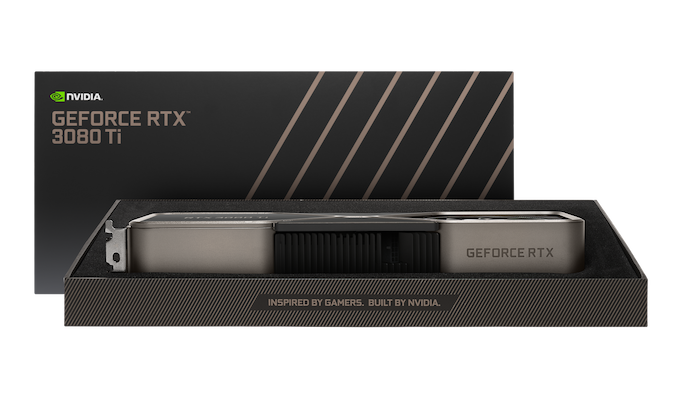
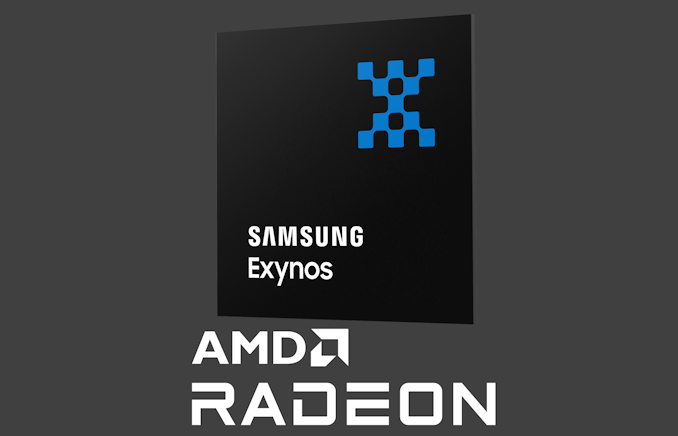
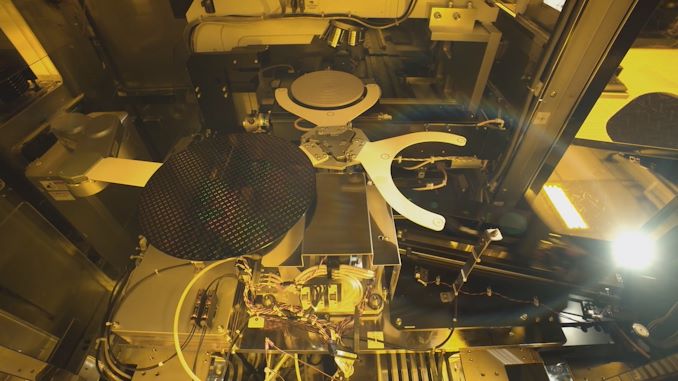
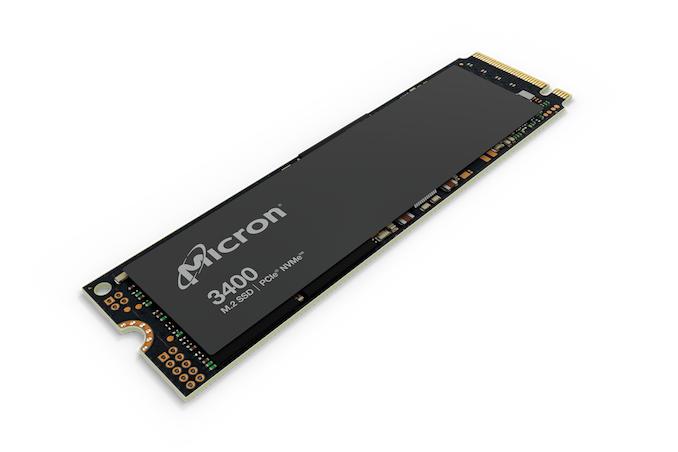
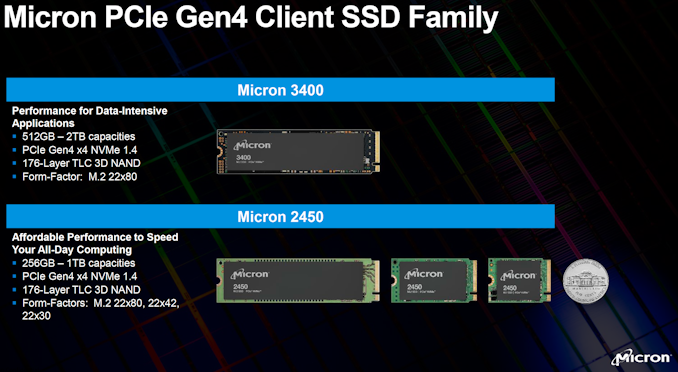
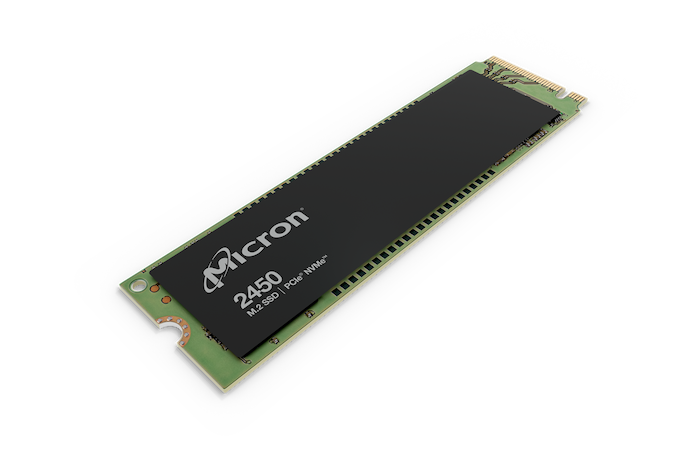
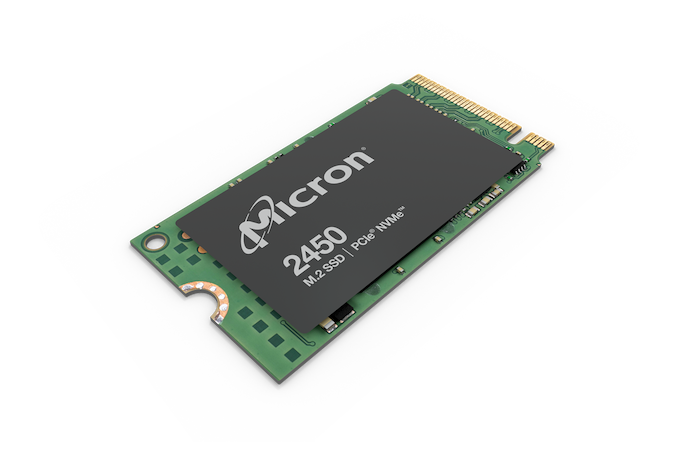
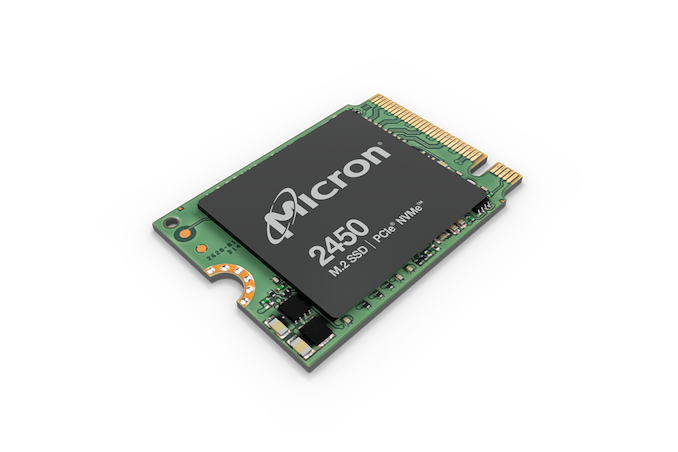

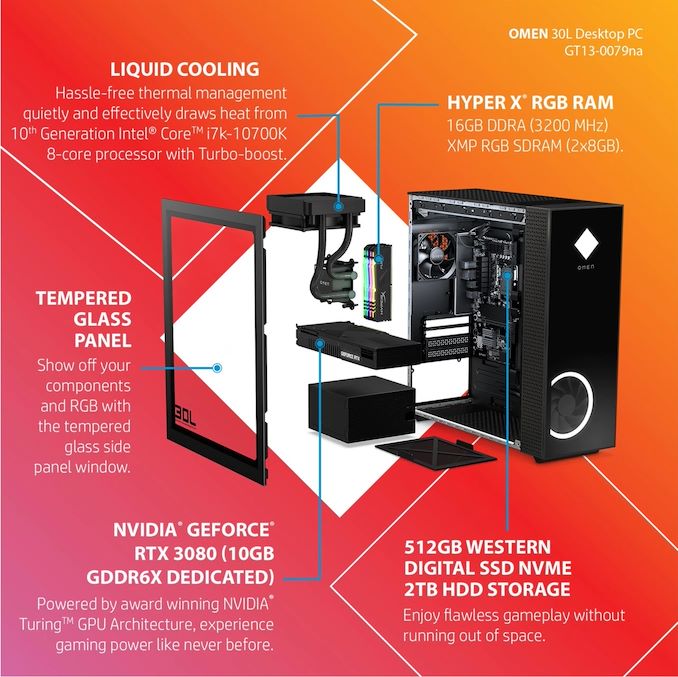
_575px.jpg)
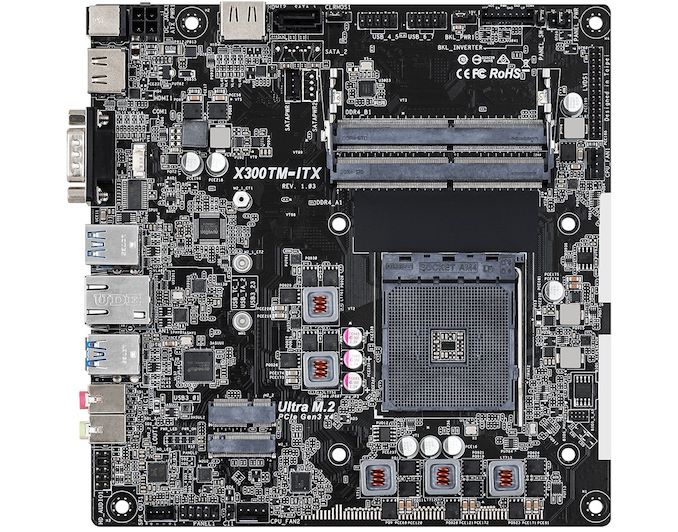
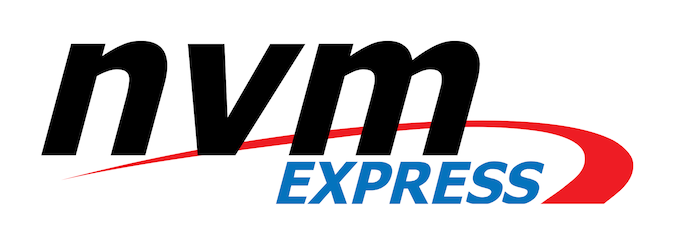
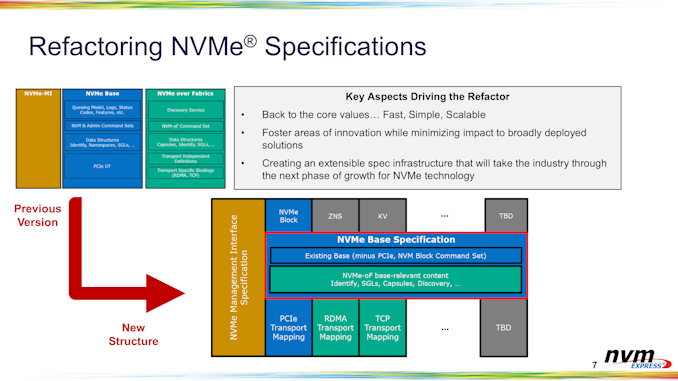
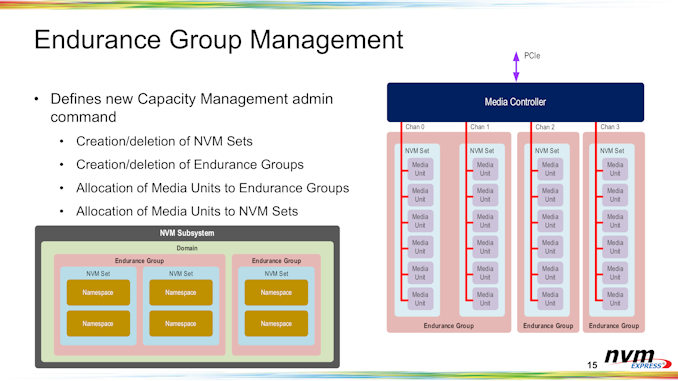
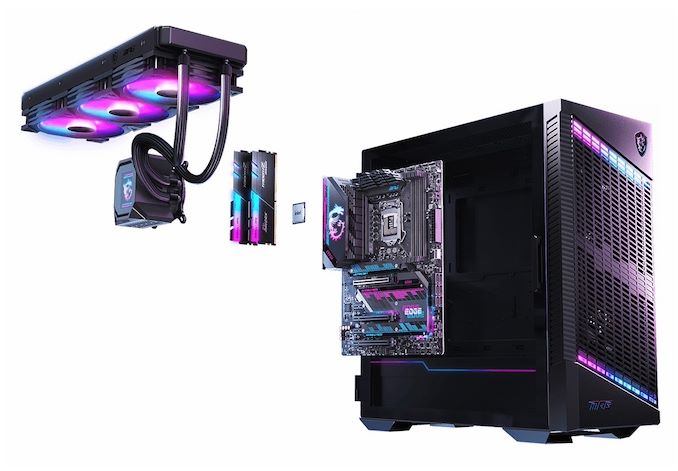



_575px.jpg)
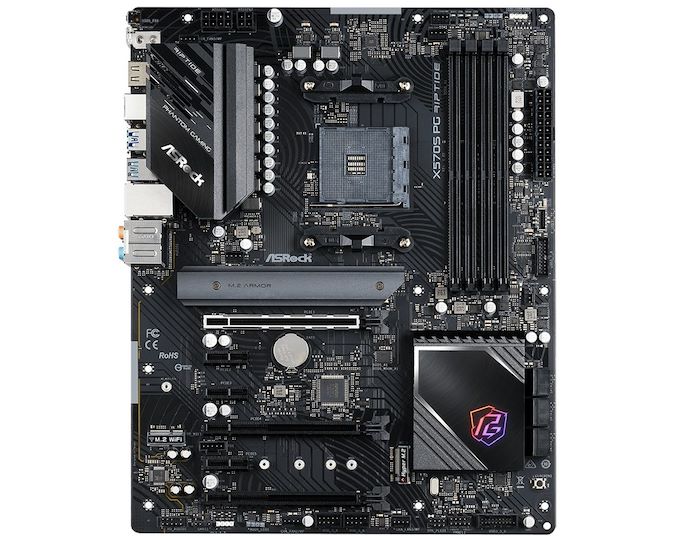
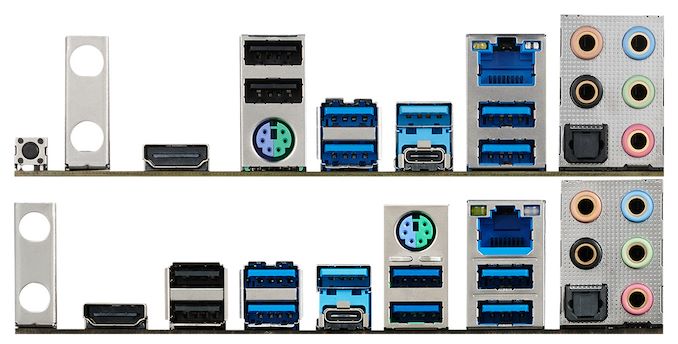
















Bookmarks